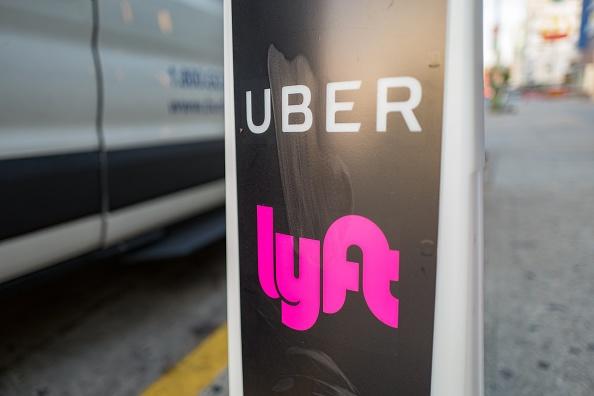Ride-share apps can be one of the easiest and most convenient ways to get around — unless you’re disabled. A recent report has found that if you need a wheelchair accessible Uber or Lyft in New York City, it will often be slower and more expensive.
The study “Still Left Behind” — conducted by New York Lawyers for the Public Interest (NYLPI) — backs up what many disabled people have already said about ride share apps.
For the study, the NYLPI compared quotes, fares, and wait times from 224 pairs of ride request (448 total trip requests) to and from major destinations in NYC’s five boroughs. NYLPI found that Uber’s wait times were more than twice as long for wheelchair accessible rides and Lyft could only meet 38 percent of the requests.
Meanwhile, Juno — who only operates in NYC — didn’t offer on-demand wheelchair accessible vehicles at all. Instead, Juno’s site asks users to book rides by phone at least 24 hours in advance. According to NYPLI, Juno’s request is “notwithstanding the clear mandate in the TLC [New York City Taxi and Limousine Commission] accessibility rules that require FHV companies to offer wheelchair users equivalent services to those of other user.”
“I’m discouraged by the longer wait times for wheelchair accessible vehicles because too often the disability community is still overlooked and unequal,” Jessica de La Rosa said. “There are times I’ve had emergencies and I’m not near an accessible subway or bus, and I need to be able to get a ride just as quickly as anyone else.”
When it come to pricing, Lyft was singled out by the report for quoting a “substantially higher price” for wheelchair accessible vehicles compared to an identical, inaccessible ride. In one case, NYLPI wrote, “there was a $4 differential for an identical trip from the Bronx to Manhattan, apparently due to a discount offered only to non-WAV users.”
This study is a follow up on NYLPI’s 2018 report of the same name which revealed Uber and Lyft had no wheelchair accessible services available 70 percent of the time in NYC.
After that study, the TLC developed a new requirement regarding For-Hire-Vehicle companies:
“Following publication of the earlier report, the New York City Taxi and Limousine Commission (TLC) put the new rule into place requiring For-Hire-Vehicle (FHV) companies to either dispatch a minimum percentage of all trips using wheelchair accessible vehicles (WAVs) or to respond to at least 60% of specific requests for WAVs within 15 minutes.”
“While the multi-billion-dollar for-hire vehicle industry pursues ever greater capital and profits through Wall Street IPOs, it continues to leave New Yorkers with disabilities far behind, without giving them fair and equal transportation options,” Justin Wood, Director of Organizing and Strategic Research at NYLPI, said in a press release.
Later this year, a new law in NYC will require ride-hailing companies fulfill 60 percent of accessible requests within 15 minutes, Business Insider reported. The apps’ performances now are not meeting that requirement.
As Uber and Lyft continue to expand, they are often becoming people’s only options. It’s not an option for apps to continue ignoring the needs of disabled users.

